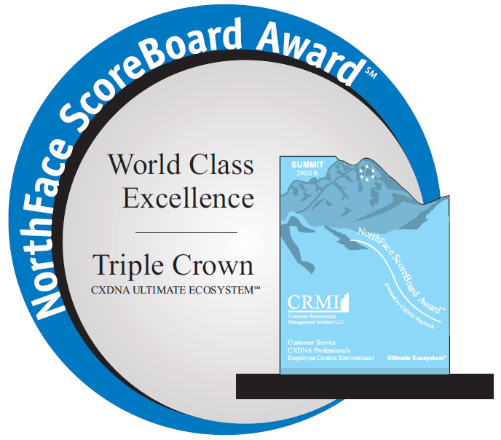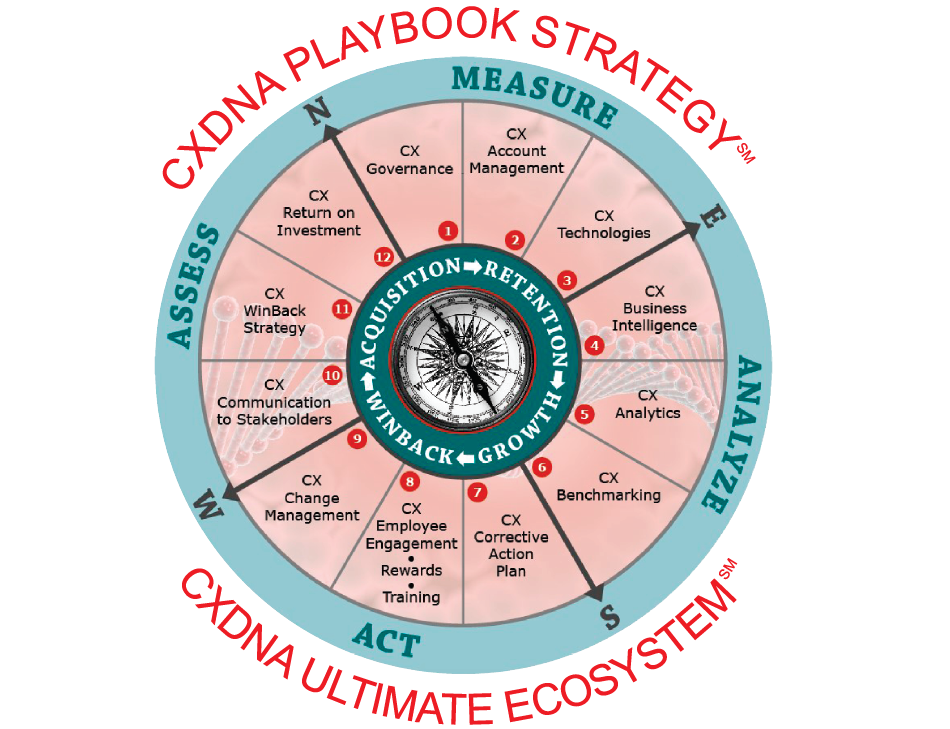
Whether a startup or mature organization, customer support and success play a key role in the everyday life of your customer’s experience. There are always demographics that play into management’s decision-making process but Annual Recurring Revenue(ARR) is what all organizations are looking to grow. ARR growth directly aligns to your customer’s success.
Know your Customer Base
It is very common to see ARR variances, sometimes significantly, as an organization matures and moves up market. Prior to building a support and customer success organization you must understand the demographics of your customer whether regional, government and where the ARR distribution is. If you are waiting to hit a magic level of revenue, you could be too late and not only risk your customer experience but additionally risk future growth. Experience travels at the speed of light in today’s world. Who usually loses in this case? Your smaller ARR customers who were there to support your growth because everyone wants to focus on the larger ARR opportunities. That is a management decision that must be made but can affect you in the marketplace.
Your Offering is Dependent on your Customer and Product
Understand your customers, where your focus is, and competitors should define your support and customer success coverage model. A successful journey further requires an understanding of the market, your product complexities and how to maintain a competitive advantage. Answer the question of why and how your organization provides the customer a great customer experience.
All companies want to leverage Artificial Intelligence (AI) to solve the support problem as a solution, but you not only need to understand your customer, the criticality of your solution in their environment but what they are paying you in ARR and how that aligns with your Support Policy. What is almost always forgotten is whether your documentation, articles and self-help tools can support the ability for AI to be successful. It should be a day one consideration or the cost and team size to resolve the wrongs can be costly. The second consideration is that Fortune 500 or customers that are paying significant ARR will only look at one or two solutions then call into your team. Self-serve can deflect cases but also shift the cost burden from you to your customer. The question becomes, are you ready to meet your SLAs when your customer needs your support? There is no one size fits all, but processes can define that focus on the customer demographics whether location, 24/7, pre-sales or high value.
As the CXDNA Playbook strategy defines, assessing is the first step to success and ongoing throughout your customer’s lifecycle and journey.
Build your team to Scale
In 2017, I spoke at CRMI’s SCORE conference (Symposium of Customer Operations and Retention Exposition) in Boston stating that companies should build an organization that promotes “Support without Walls”. I firmly believe in this message, and it has provided continued success through three (3) organizations, an average customer support/ customer service satisfaction of 96% and numerous CRMI’s NorthFace ScoreBoard awards for customer service excellence throughout the years. Scalability can be best achieved using a cost-effective offshore team whether through a Professional Employee’s Organization (PEO) or your entity, once you understand what problem you are solving. Remember, the customer demographics play a significant role in this decision.
Scalability is the key to Success
To scale or for growth companies, I recommend leveraging a hybrid method while maintaining focus on the team and your customers’ success. For the last three (3) companies, I have localized expertise with an offshore 24/7 team in the Philippines. This approach is highly effective and provides the ability to scale, reduces risks, ensuring your customers success. No one wants to be woken up in the middle of the night if you plan to sell your product in the global market. Ask yourself, are you there when your customer needs you. Again, you must know your customer, the value of the customer and the growth path the company wants to achieve. Build a solution that supports today but scales to tomorrow. Offshore teams can be cost effective, help you achieve this at scale, if the methodology is deployed correctly.
Success with offshore teams
Success with an offshore team means you are involved as leadership just as if in your home country. Visit, listen and learn. Ensure your processes integrate a ‘Support without Walls’ methodology and there is the same promotion path with the same requirements to minimize turnover while driving team and customers success. Simply put, don’t make the team feel like offshore but part of day-to-day business. Taking this approach will support global coverage, scalability and your teams and customers success. It is a great first step and you can always invest in an entity later offering direct employment. My biggest recommendation is do it early and starting small (8 to 10 team members) is acceptable even across a single time zone such as US hours. Establish the process and structure; there is no requirement to add team members until you need them, but you have established a cost effective, scalable model.
Measure and Benchmark via KPIs and Analytics
As you are building your organization, define the Key Performance Indicators (KPI) you want to achieve. Everyone wants to wow their executive team but consider it is better to message good news rather than bad. When defining your KPI’s don’t get over your ski tips, work with your management team and define what is achievable. You can always change the scale. Leverage Business Intelligence (BI) to provide live views and updates to support visibility into your team and areas of concern; including potential product pitfalls that can be acted upon. Survey your customers on their support or customer success experience. Have your team apply a sentiment score to the customer on case closure so frustration can be reported even if the issue is solved consistently, and the problem lies with the customer versus your product. Taking this approach is part of the customer journey. Have your employees engaged and benchmarking that engagement deepens customer success especially with an offshore team.
Company Wins, Customer Wins and Team Wins
Controlling costs and improving margins as you scale your customer base and provide 24/7 support can be done cost effectively whether at day one or later in the journey. Structuring a small, localized team where needed in conjunction with an offshore team will provide scalability for growth and expansion including global coverage when required. Look at your resources and implement AI, leverage BI and analytics to provide insights and projections. The ability to improve margins and successfully scale does not require you have teams all over the world; it is having a team that can cover the hours, respond to your customer needs, and provide you the ability to shift resources as needed. Reduce team churn by ensuring there is a promotion path whether through a PEO or entity. Ensure you are involved and do not put the team on autopilot. Bridge the cultures if offshoring. Yes, this is where experience and visits play a significant role but pays dividends. Building a scalable, knowledgeable team will reduce both customer and team churn promoting continual ARR growth.
Ability to Scale
Take a “Support without Walls” approach to your processes and team. Structure mobility into your model to ensure change can be made when needed. Have a unified approach that all leadership aligns with including KPI and customer expectations. This approach promotes costs effective scalability whether localized or an offshore team. Remember you do not need to be global or 24/7 to control cost through an offshore team; what you want to ensure is that you can scale when you need to scale whether regional, global, or team expansion. Focusing on a single location that can run multiple shifts supports the ability to pivot or change easier and more consistently improving both team and your customers success.
AUTHOR: Tony is a global software technology support executive that is results-driven with a proven track record in leading technical support and customer success and customer success teams to unprecedented success for the benefit of our customers. Offering extensive expertise in strategizing, building, and deploying global onshore and offshore organizations. Adept at delivering exceptional customer experiences, optimizing operational efficiencies, and driving revenue growth through innovative solutions. Recognized for fostering high-performance cultures, inspiring teams to exceed targets, and elevating customer satisfaction to new levels. He has conducted many CXDNA Playbook Strategy reviews that includes implementing worldwide CX strategy, PEO off shore strategies, annual recurring revenue strategies and building to scale strategy for startup or more mature companies. Tony, may be reached via Diane Rivera below.

To learn more about the NorthFace ScoreBoard Awards, the CXDNA Playbook Strategy and other Programs mentioned here, contact Diane Rivera, director of corporate membership sponsorship services. She can be reached at (978-710-3269 or via driveria@crmirewards.com. Also please visit CRMI’s website: www.crmirewards.com.




